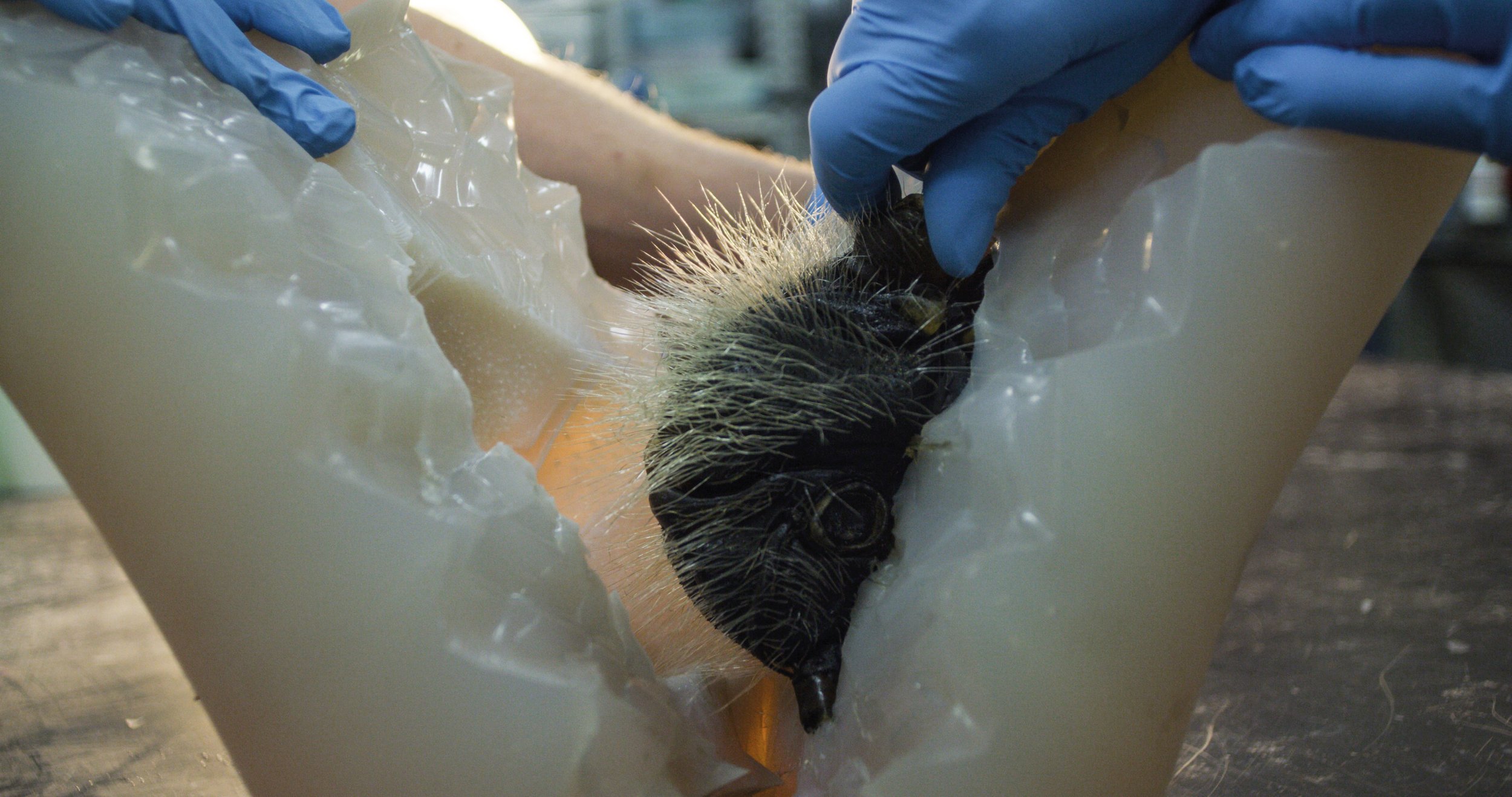Casting hairs
When we made the first big jellyfish model for Norsøoceanarium in 2005, we added fish wire to the margin of the umbrella as tentacles. It looked precisely like fish wire as the ends did not taper. I guess this was the start of the quest leading to the ability to cast hairs. We have handfuls of tiny flowers, thistles, and insects, all cast from crystal clear resin. Some lack a leg. Others lack an antenna or the tips of the bristles - some are perfect, even when examined in a microscope. Rasmus kept experimenting with a different resin, adding his little additives, using vacuum chambers and pressure pots and finding the right time and temperature for de-moulding. Finally, he took it to perfection. Then in 2017 mercury was banned in all European products. The resin we had used contained small amounts of mercury, so the manufacturers had to formulate new resins, and of course, despite all the experience that Rasmus had built-up he was left back to scratch. He found new recipes, time, and temperature levels, and we are now back in the hairy business.
We have now started to make digital hairs on the models and print them on our 8k SLA printers. So Rasmus has embraced the 3D printing and is tweaking and pushing the software and hardware to do as he commands, and like anything else that comes out of computers, things are just a little bit better than what we can make by hand. But still we have to make casts from the prints to make the hairs transparent.

